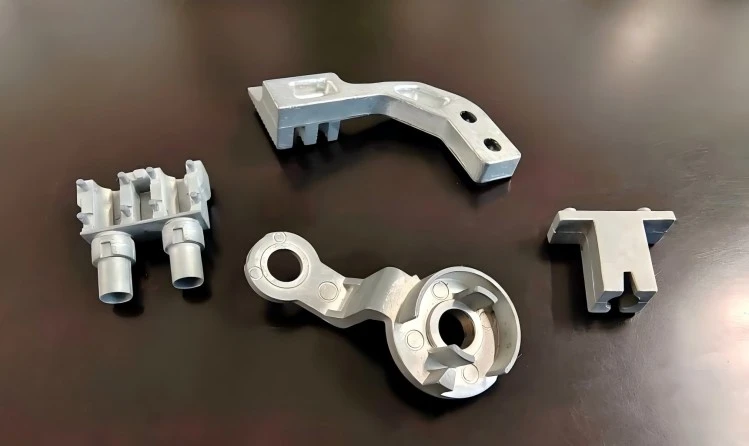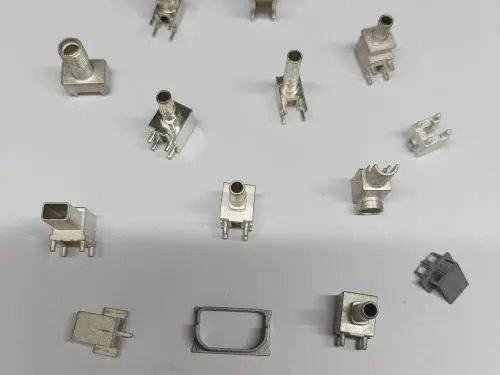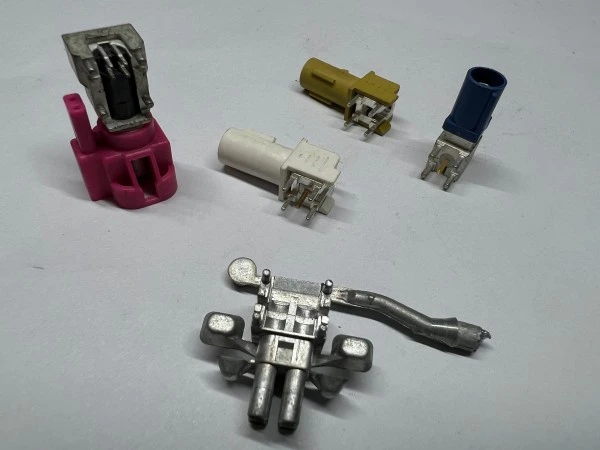Zinc is a go-to material for die-cast components, prized for its durability, adaptability, and affordability. But a common question lingers: Does die-cast zinc rust? In this article, we'll dive into how zinc resists corrosion and why it remains a top pick for die-cast manufacturing.
Zinc does corrode, but not in the same way as metals like steel. When exposed to moisture or oxygen, zinc develops a protective coating known as a "patina." This layer acts as a barrier, safeguarding the metal beneath from further deterioration. The effectiveness of this protection largely depends on the treatment or coating applied during production.
1. Hot-Dipped Galvanizing:
In this process, zinc is submerged in molten zinc, forming a thin surface layer of zinc oxide and hydroxide upon exposure to air or water. Over time, this reacts with carbon dioxide in the atmosphere to produce zinc carbonate—a tough, stable film that clings to the surface. This patina ensures zinc remains intact, offering exceptional longevity even in demanding conditions.
2. Electroplated Galvanizing:
Electroplating applies a thinner zinc layer through an electrical process. While effective initially, it doesn't develop the same robust patina as hot-dipped zinc. If scratched or worn, the exposed base metal (like steel) can corrode, making electroplating less ideal for long-term protection compared to hot-dipped methods.

Die-cast zinc parts are often enhanced with treatments or coatings to boost their resilience.
Here's what makes zinc stand out:
Remarkably Slow Corrosion: Zinc corrodes at roughly 1/30th the rate of steel, providing superior endurance in tough environments like industrial settings or coastal areas with high salt exposure.
Sacrificial Shielding: In applications like galvanized steel, zinc serves as a sacrificial anode, corroding preferentially to protect the underlying metal. This property is a game-changer for mixed-metal assemblies.
Adaptability Across Conditions: From humid coastal climates to freezing temperatures, zinc holds up well indoors and out, in freshwater, seawater, and beyond.
Beyond corrosion resistance, zinc offers additional advantages in die-casting:
Precision and Complexity: Zinc's low melting point and fluidity allow for intricate designs with tight tolerances.
Recyclability: Zinc is highly recyclable, aligning with sustainable manufacturing practices.

Zinc's unique properties make it a favorite across industries:
Automotive: Think corrosion-resistant brackets, housings, and engine components.
Electronics: Ideal for non-magnetic casings and precision connectors.
Construction: Used in fittings, fasteners, and structural supports.
Appliances: Powers lightweight, durable parts in everyday household items.

At Eesson, we're experts in crafting high-performance zinc die-cast components built to last. Our cutting-edge techniques and rigorous quality controls ensure your parts thrive, even in the harshest environments. Whether it's a custom design or a high-volume order, we've got you covered.
Die-cast zinc doesn't "rust" in the traditional sense—its protective patina keeps corrosion at bay, making it a dependable choice for countless applications. While it's not immune to wear, its slow corrosion rate and self-sacrificing nature set it apart from other metals.
Ready to harness the power of die-cast zinc? Eesson is here to deliver top-tier solutions tailored to your specifications. Reach out today to see how we can elevate your next project!
Can zinc corrode?
Yes, but its patina layer dramatically slows the process.
Hot-dipped vs. electroplated zinc—what's the difference?
Hot-dipped zinc builds a lasting patina; electroplated zinc offers thinner, less durable coverage.
Is zinc good for outdoor projects?
Definitely! It thrives in diverse conditions, from rain to saltwater exposure.
Partner with Eesson for zinc die-cast excellence that stands the test of time!